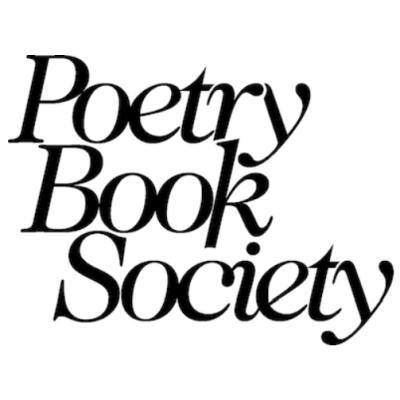Ephemeron
Fiona Benson
Cape Poetry
The poems in Ephemeron deal with the shortlived and transitory. Telling uncomfortable truths, going deep into male and female drives and desires, our most tender and vulnerable places, and speaking of them in frank, unshrinking ways – these poems are afraid, certainly, but also beautiful, resolute and brave.
Quiet
Victoria Adukwei Bulley
Faber & Faber
Victoria Adukwei Bulley’s debut collection, Quiet, circles around ideas of black interiority, intimacy and selfhood, playing at the the tensions between the impulse to guard one’s ‘inner life’ and the knowledge that, as Audre Lorde writes, ‘your silence will not protect you’.
Cane, Corn & Gully
Safiya Kamaria Kinshasa
Out-Spoken Press
Safiya Kamaria Kinshasa’s debut poetry collection uses dance to unearth the narratives of enslaved women in Barbados and their descendants. The collection features reconstructed dance scores of enslaved people using a technique Safiya developed transforming choreography into poetry and vice versa. Barbados itself becomes a guest choreographer to challenge the original colonial and racist documentation of Black West-Indian women.
England’s Green
Zaffar Kunial
Zaffar Kunial is a proven master of taking things apart, polishing the fugitive parts of single words, of a sound, a colour, the name of a flower, and putting them back together so that we see them in an entirely different light. In the poems of England’s Green, we are invited to look at the place and the language we think we know, and we are made to think again. With everything so newly set, we are alert, as the poet is, to the ‘dark missing / step in a stair’, entering this new world with bated breath.
Manorism
Yomi Ṣode
Penguin Poetry
In poems exploring family, survival, generational trauma and the complexities of belonging, Manorism is an examination of the lives of Black British men and boys. At the heart of the book is the ongoing pressure of code-switching – changing one’s behaviour and language to suit radically different cultural contexts and environments. The violence of artists such as Caravaggio in seventeenth-century Rome and modern-day commentary by the likes of David Starkey and Piers Morgan provide a lens for considering differences of impunity afforded to white and Black people.
